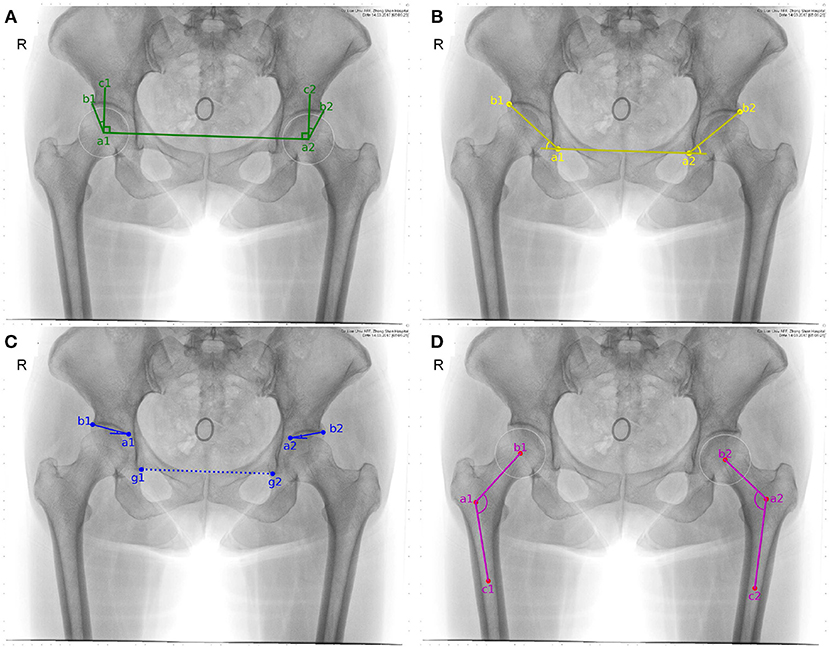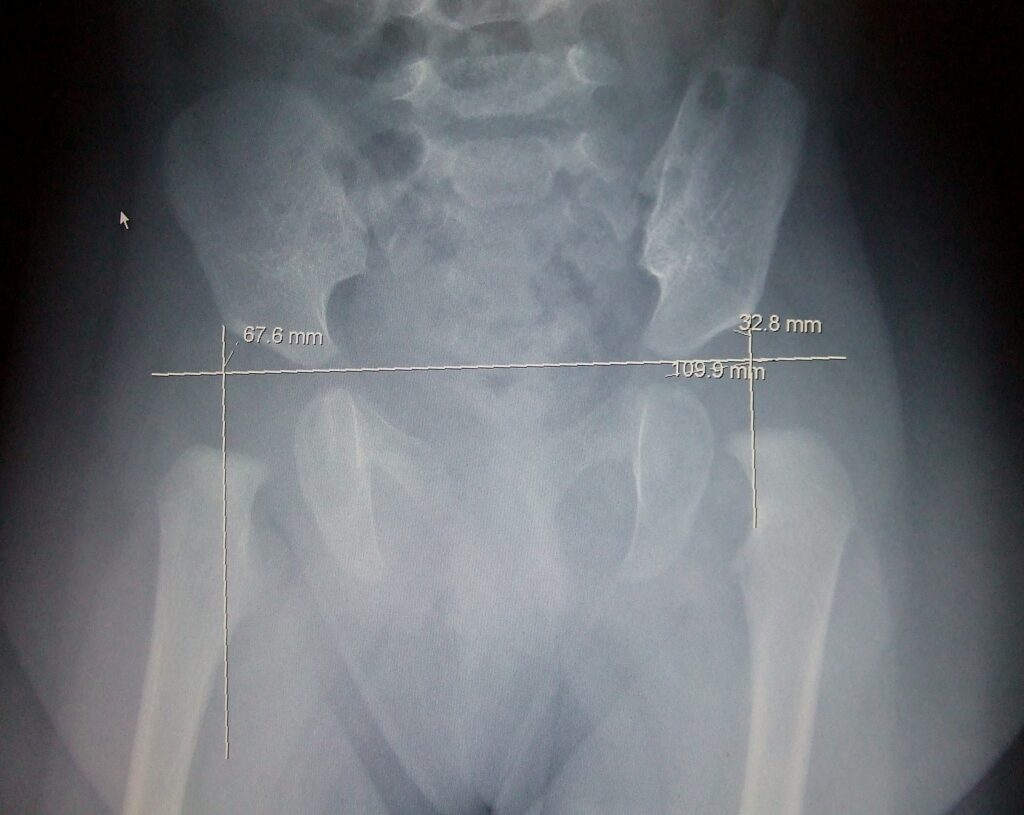Hip dysplasia, also known as developmental dysplasia of the hip, is a condition that affects the proper formation and alignment of the hip joint. This condition can lead to discomfort, pain, and long-term complications if left untreated. Often abbreviated as DDH in medical contexts, it is essential to understand its causes, symptoms, diagnosis, and treatment options to ensure early intervention and better outcomes.

What Is Hip Dysplasia?
Hip dysplasia refers to an abnormal development of the hip joint, where the ball at the top of the thigh bone does not fit securely into the socket of the pelvis. In some cases, the socket may be too shallow, or the ball may be partially or completely dislocated. This improper alignment can cause instability in the joint, leading to pain and mobility issues over time.
This condition typically develops during infancy or early childhood but can sometimes go undetected until later in life. It is more common in females than males and often runs in families, indicating a possible genetic component.
Types of Hip Dysplasia
- Mild Dysplasia: The hip socket is slightly shallow, but the ball remains within the socket.
- Moderate Dysplasia: The socket is significantly shallow, causing partial dislocation of the ball.
- Severe Dysplasia: The ball is completely dislocated from the socket, leading to severe instability.
Causes of Hip Dysplasia
The exact cause of hip dysplasia is not always clear, but several factors can contribute to its development. These include:
Genetic Factors
Hip dysplasia tends to run in families, suggesting that genetics play a role in its occurrence. If a parent or sibling has had this condition, there is an increased likelihood of it appearing in other family members.
Breech Position During Pregnancy
Infants who are in a breech position during pregnancy have a higher risk of developing hip dysplasia. This positioning can put extra pressure on the hips, potentially affecting their development.
Hormonal Influences
Certain hormones released by the mother during pregnancy can relax the ligaments in the baby’s body, including those around the hip joint. While this flexibility is normal, excessive looseness can increase the risk of hip dysplasia.
Environmental Factors
Swaddling babies too tightly with their legs extended straight out can restrict natural hip movement and contribute to the development of hip dysplasia. Proper swaddling techniques that allow for hip flexion and abduction are recommended to reduce this risk.
Symptoms of Hip Dysplasia
The symptoms of hip dysplasia vary depending on the age of the individual and the severity of the condition. Here are some common signs to look out for:
In Infants
- One leg appears shorter than the other.
- Limited range of motion in one or both hips.
- A clicking or popping sound when moving the hips.
- Uneven skin folds on the thighs or buttocks.
In Children and Adolescents
- Pain in the groin, hip, or knee area.
- Limping while walking.
- Difficulty participating in physical activities.
- Stiffness or reduced mobility in the affected hip.
In Adults
- Chronic pain in the hip or lower back.
- A sensation of the hip “giving way” or feeling unstable.
- Difficulty standing or walking for extended periods.
- Development of osteoarthritis due to uneven wear and tear on the joint.
Diagnosis of Hip Dysplasia
Early diagnosis of hip dysplasia is crucial for effective treatment. Healthcare providers use a combination of physical examinations, imaging tests, and clinical assessments to identify the condition.
Physical Examination
During routine check-ups, pediatricians often perform specific maneuvers to assess the stability and alignment of an infant’s hips. These include:
- Ortolani Test: A gentle maneuver used to detect if the hip can be moved back into the socket.
- Barlow Test: Another technique to check if the hip can be dislocated from the socket.
Imaging Tests
If a physical examination raises concerns, doctors may order imaging tests to confirm the diagnosis:
- Ultrasound: Commonly used for infants under six months old because their hip joints are still made of cartilage, which does not show up well on X-rays.
- X-ray: Useful for older children and adults to evaluate the structure of the bones in the hip joint.
- Magnetic Resonance Imaging (MRI): Provides detailed images of soft tissues, such as cartilage and ligaments, to assess the extent of the condition.
Treatment Options for Hip Dysplasia
The treatment for hip dysplasia depends on the age of the patient, the severity of the condition, and how early it is diagnosed. Early intervention is key to preventing long-term complications.
Treatment for Infants
In mild cases, non-surgical methods are usually sufficient:
- Pavlik Harness: A soft brace worn by infants to hold the hips in the correct position while allowing for natural movement.
- Regular Monitoring: Frequent follow-up appointments to ensure the hips are developing properly.
Treatment for Older Children
If hip dysplasia is diagnosed after infancy, more advanced treatments may be necessary:
- Closed Reduction: A procedure where the doctor manually repositions the hip joint without surgery, followed by casting to keep it in place.
- Open Reduction: Surgery to reposition the hip joint, often combined with reshaping the socket to improve stability.
Treatment for Adolescents and Adults
For older patients, treatment focuses on managing pain and preserving joint function:
- Physical Therapy: Exercises to strengthen the muscles around the hip and improve flexibility.
- Pain Management: Medications or injections to alleviate discomfort.
- Surgical Interventions: Procedures such as periacetabular osteotomy (PAO) to reshape the hip socket or total hip replacement in severe cases.
Preventing Hip Dysplasia
While not all cases of hip dysplasia can be prevented, certain measures can reduce the risk:
- Proper Swaddling Techniques: Ensure that babies’ hips are allowed to bend and spread naturally while swaddled.
- Regular Check-Ups: Attend all scheduled pediatric appointments to monitor hip development.
- Awareness of Risk Factors: Be vigilant if there is a family history of the condition or if the baby was in a breech position during pregnancy.
Living with Hip Dysplasia
Managing hip dysplasia requires a proactive approach to maintain quality of life. Patients should work closely with healthcare providers to develop a personalized care plan. Regular exercise, maintaining a healthy weight, and avoiding high-impact activities can help minimize strain on the affected joint.
Support groups and online communities can also provide valuable resources and emotional support for individuals and families dealing with this condition. Sharing experiences and learning from others can make the journey less daunting.
Future Research and Innovations
Ongoing research aims to improve the understanding and treatment of hip dysplasia. Advances in imaging technology, surgical techniques, and regenerative medicine hold promise for better outcomes in the future. Scientists are exploring the potential of stem cell therapy and tissue engineering to repair damaged cartilage and restore joint function.
Additionally, efforts are being made to raise awareness about hip dysplasia among parents, caregivers, and healthcare professionals. Early detection campaigns and educational initiatives can help ensure timely diagnosis and treatment for those affected by this condition.





